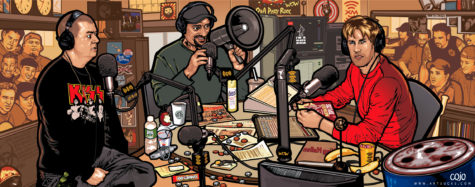 LWON happens. There’s no stopping us! Here’s what we gave our dear readers last week:
LWON happens. There’s no stopping us! Here’s what we gave our dear readers last week:
Women speaking to groups get interrupted. A lot. Rose wrote up some advice on how to make sure, in a radio interview, that your girly voice is heard.
Helen has seen U2 in concert 12 times, though she’s never marked her appreciation with a tattoo. Others have, though, and in Helen’s redux some researchers took a look at these varied stamps of fandom.
Sarah gave us the song of the hermit thrush, which it turns out is more than just a pretty melody. It is packed with geographic information if you know how to listen closely.
Ann looked back (and invites us to do the same) at what appear to be ‘snapshots’ by guest poster Steve Smith but that aren’t so simple after all. Each one is filled with stories—kind of like the hermit thrush’s song (see above).
And Michelle rounded out the week with a redux that Ann perfectly described this way: Mary Shelley, a cold summer, Frankenstein, famine, innovations, the creation of the state, and Mt. Tamboro: all aspects of the same things, says Michelle.

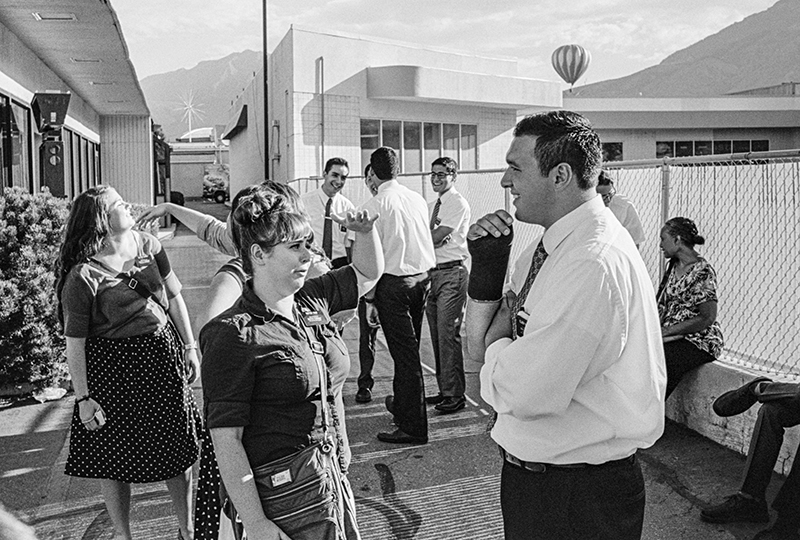
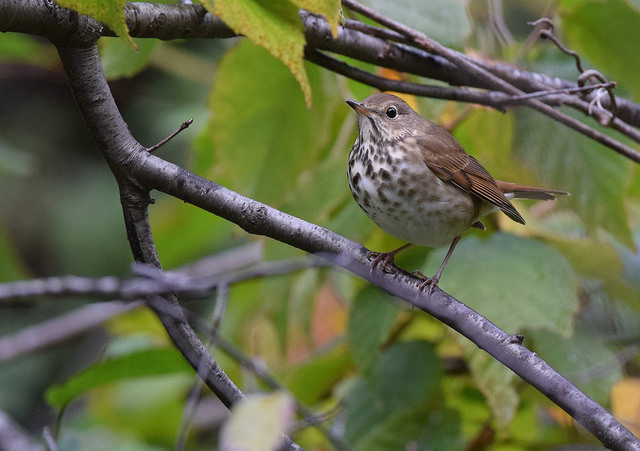 You know those sounds that slip across the senses until they settle, in the brain, on an association entirely unrelated to their maker? Those sounds that seem to almost synesthetically transform one thing into another? The way noise can be brilliant, or color evokes flavor, or a smell touches old dreams?
You know those sounds that slip across the senses until they settle, in the brain, on an association entirely unrelated to their maker? Those sounds that seem to almost synesthetically transform one thing into another? The way noise can be brilliant, or color evokes flavor, or a smell touches old dreams?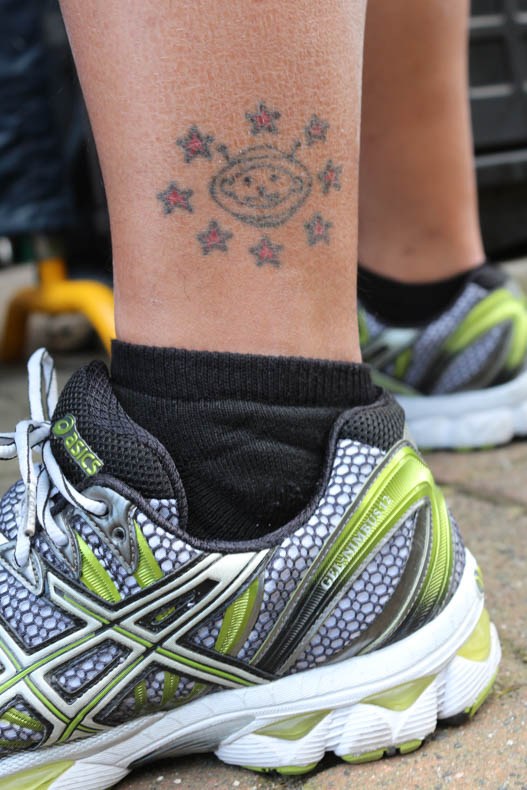
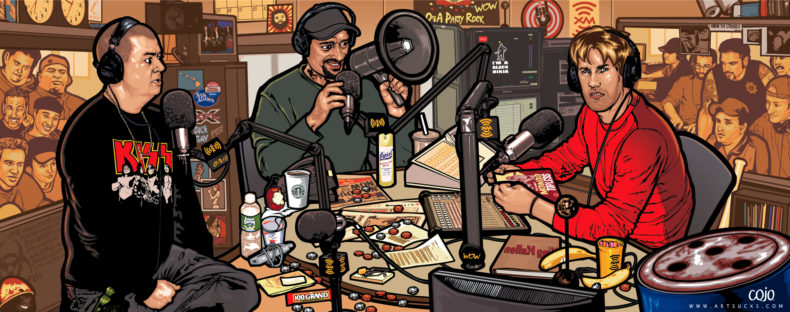
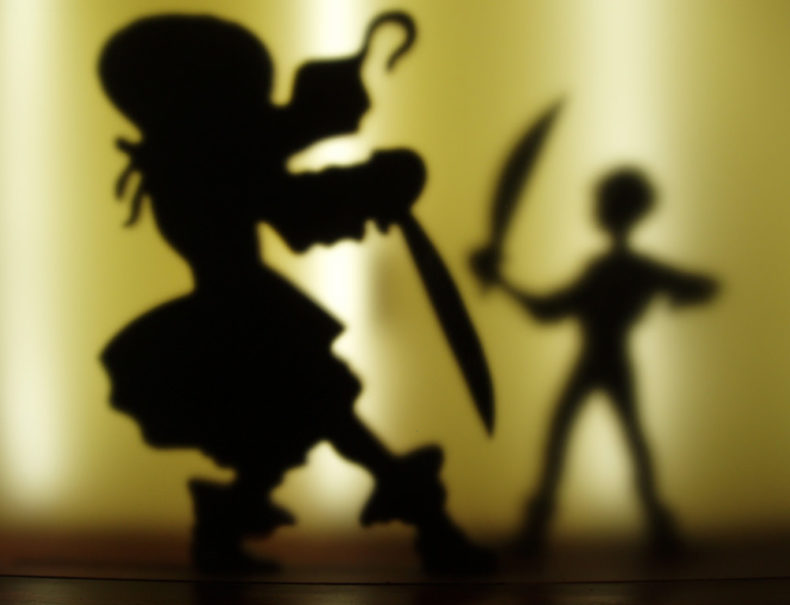
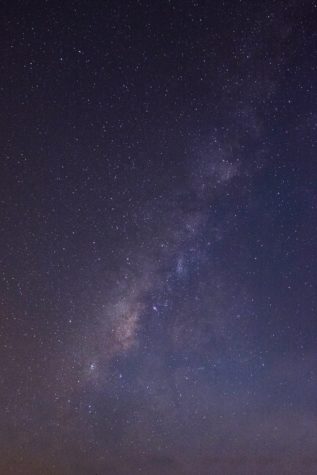 Last week, according to some real news, Earth got a wave hello from far away, from some-3-billion-year-old vibrations that were set off when two black holes smashed into each other. (Really? There’s not room for both of you up there?) According to the New York Times, the collision—reported by the
Last week, according to some real news, Earth got a wave hello from far away, from some-3-billion-year-old vibrations that were set off when two black holes smashed into each other. (Really? There’s not room for both of you up there?) According to the New York Times, the collision—reported by the